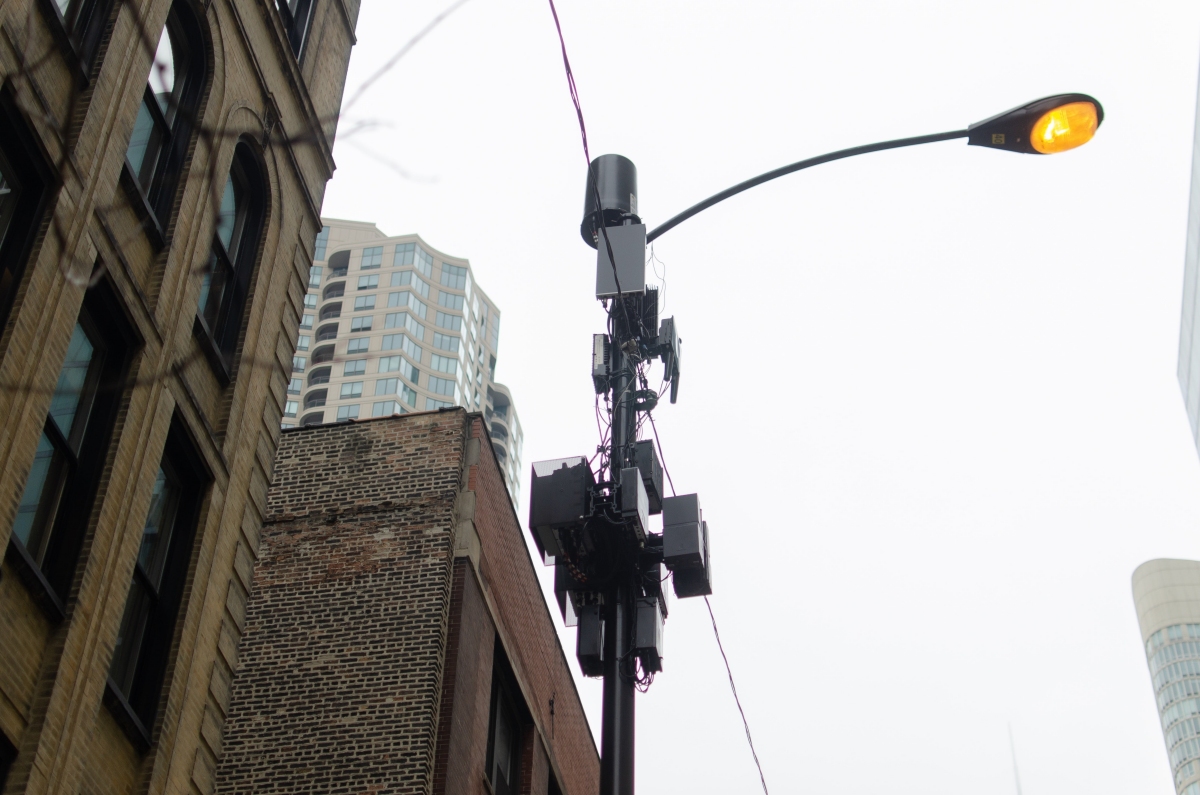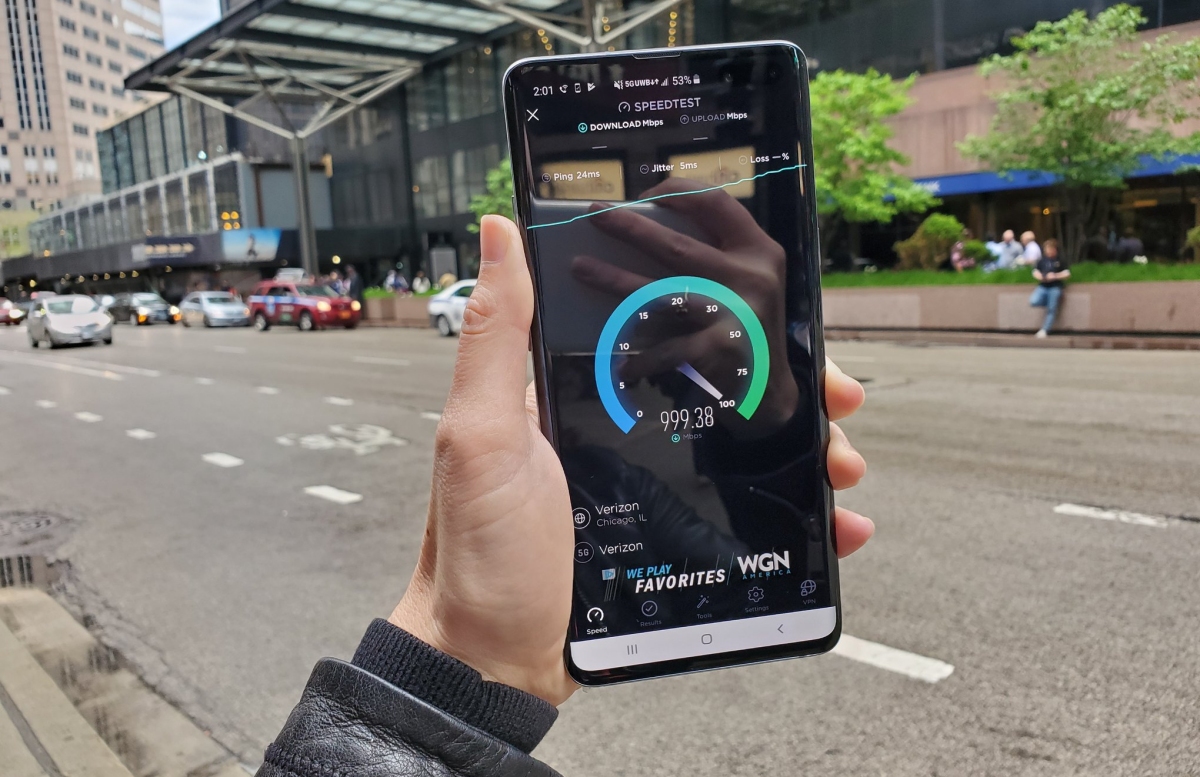In context: 5G and the phones needed to take advantage of blazing fast data transmission speeds are here but unless you are an early adopter with money to burn, there's no reason to buy a 5G-enabled smartphone at this stage. Service is only offered in a couple of cities and even then, really only within a small area in those regions. For most, it'll still be a while before 5G is even a possibility in your hometown.
Samsung's recently launched Galaxy S10 5G is one of the first major flagship smartphones to ship with 5G technology baked in. Other handsets, like the Moto Z3, can also do 5G but require you to attach a special add-on.
At $1,299, though, is the 5G-enabled Galaxy S10 worth it? What sort of real-world speeds can you expect in the handful of cities that offer 5G service? Fortunately, some tech publications recently put the flagship to the test to help us answer these questions and more.
In downtown Chicago, Digital Trends never saw speeds in the Speedtest app dip below 550Mbps and the fastest was a blazing 1.35Gbps. CNET said it saw speeds consistently range from 400Mbps to above 1Gbps. Tech Radar hit a max speed of 1.385Gbps in its testing and PCMag clocked a 1.17Gbps test.

(Image courtesy Julian Chokkattu, Digital Trends)
The emerging trend here, of course, is that 5G - at least, in its current iteration in Chicago - is extremely inconsistent. The millimeter wave tech in use can deliver very fast speeds at low latency rates but has a low range and poor penetration. Unless you are close and within direct line-of-sight to a 5G node, you won't get 5G service.
Lead image courtesy Jessica Dolcourt, CNET
